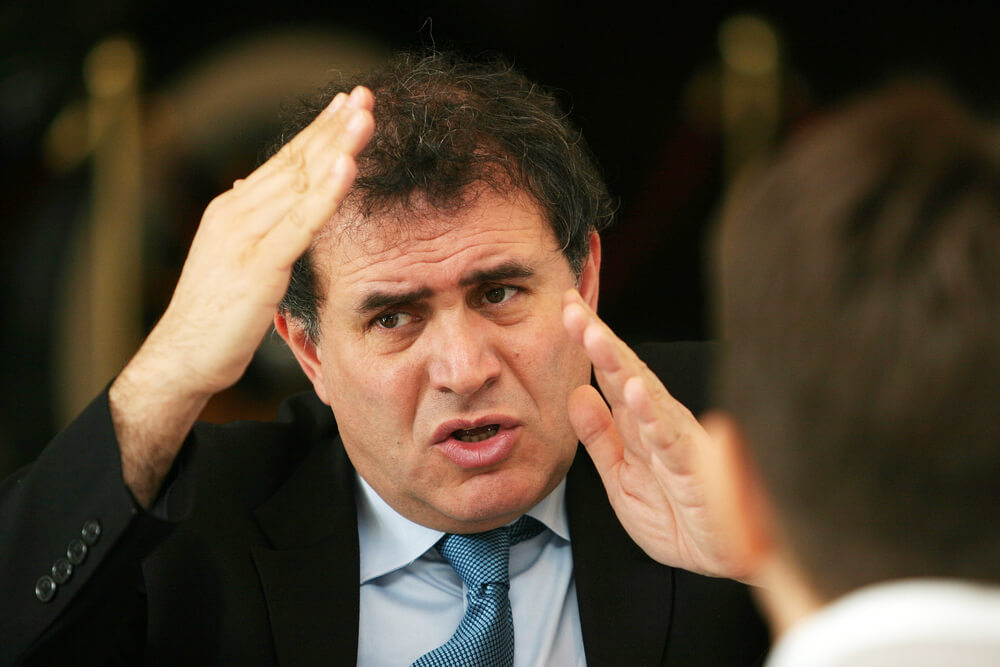NYU Stern School of Business professor and economist Nouriel “Dr. Doom” Roubini has a message for central banks around the world for when the next crisis hits: Stop printing money.
“When the next recession hits, policymakers will almost certainly pursue some form of central-bank-financed stimulus, regardless of whether the situation calls for it,” said Roubini, known as “Dr. Doom” because of his frequently bearish and gloomy economic takes.
To his point, Roubini thinks — and he’s not the only one who feels this way — central banks the world over will continue trying “crazy and unconventional policies” to get their local economies out of trouble and to fend off recessions.
In fact, it wasn’t that long ago that quantitative easing, or QE, was a crazy idea — and it was, at least until the U.S. employed the strategy of buying bonds in three rounds, known as QE1, QE2 and QE3, to pull the economy out of the Great Recession.
Now in the U.K., one of the the top two political parties, is calling for a “People’s QE.”
“In the U.K. the Labour Party has proposed a ‘People’s QE,’ whereby the central bank would print money to finance direct fiscal transfers to households — rather than to bankers and investors.”
But according to Roubini, “massive monetary and fiscal stimulus and private-sector bailouts made sense” during the 2008 financial crisis. That may not work again, and the next recession could be due to a permanent negative supply shock.
“Fiscal and monetary loosening is not an appropriate response to a permanent supply shock,” Roubini said.
And by “fiscal and monetary loosening,” Roubini is referring to Modern Monetary Theory, or MMT, which is quickly gaining popularity among progressives like Rep. Alexandria Ocasio-Cortez.
MMT basically is the theory that a government that borrows in its own currency can never go bankrupt because … it can just print more money (or buy more bonds, a la the U.S. Fed’s QE, and now “stealth QE”).
“Despite differences in terminology, all of these proposals are variants of the same idea: large fiscal deficits monetized by central banks should be used to stimulate aggregate demand in the event of the next slump,” Roubini wrote for Project Syndicate. “To understand what this future might look like, we need only look to Japan, where the central bank is effectively financing the country’s large fiscal deficits and monetizing its high debt-to-GDP ratio by maintaining a negative policy rate, conducing large-scale QE, and pursuing a ten-year government bond yield target of 0%.”
